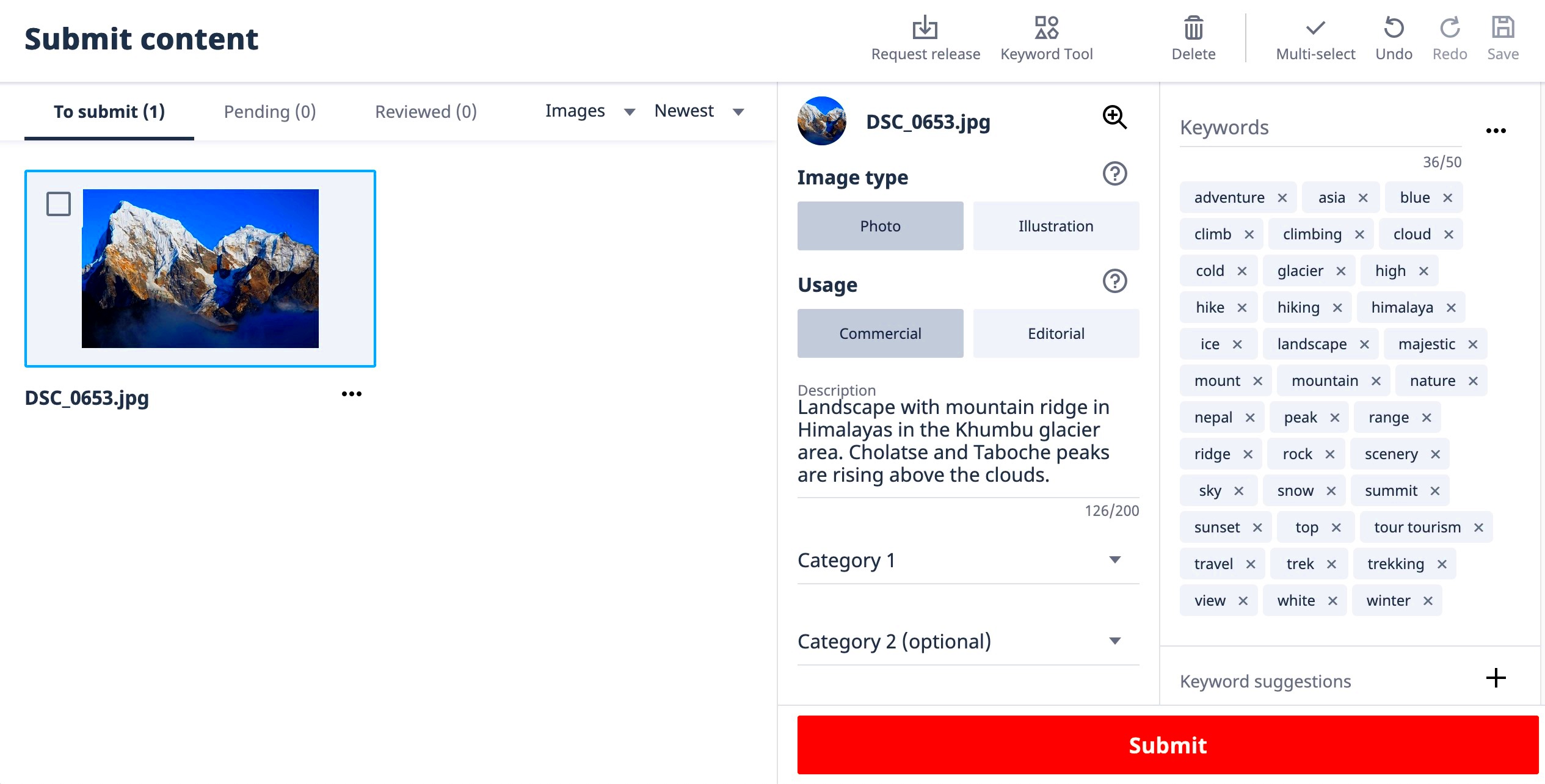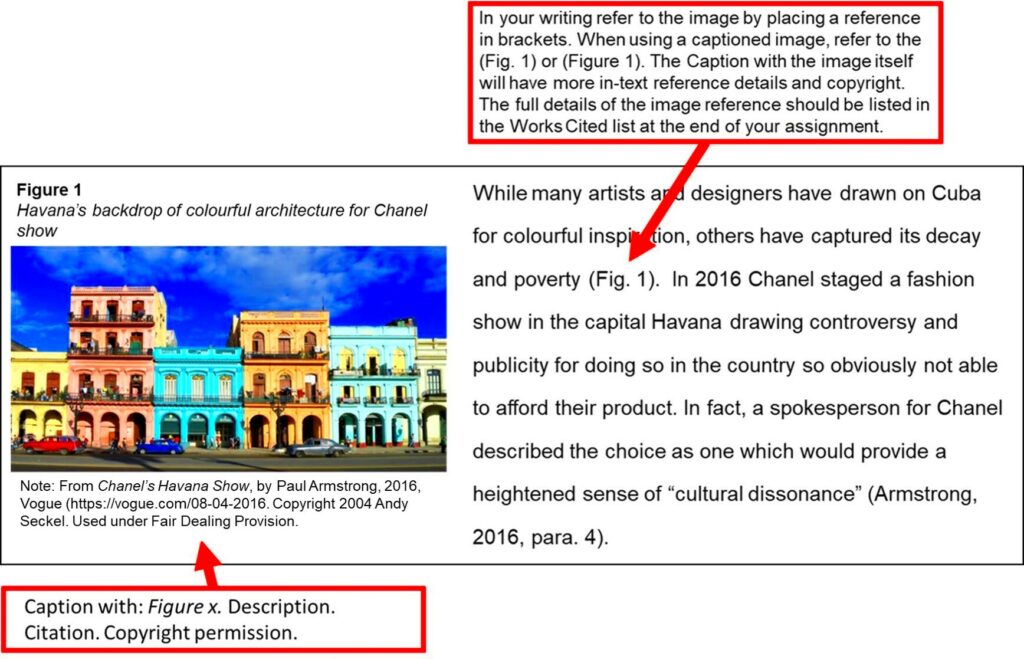Referencing images correctly is essential for anyone using visuals in their work. It shows respect for the creator's rights and helps you avoid legal issues. When you reference an image properly, you acknowledge the hard work that went into creating it. This practice also enhances your credibility as a content creator or marketer. If you fail to reference images, you risk facing copyright infringement, which can lead to penalties or even lawsuits.
Moreover, proper referencing allows your audience to find the original source, fostering a culture of respect and appreciation for creativity. By understanding and applying proper referencing techniques, you contribute to a more ethical digital landscape.
Learn the Basics of Shutterstock Image Licensing

Shutterstock offers a variety of licenses for its images, and understanding these is crucial for using them correctly. Here are the primary licensing options:
- Standard License: This allows you to use images in print and digital projects with some limitations on resale.
- Enhanced License: This offers more flexibility, including extended usage rights for merchandise and higher print runs.
- Editorial License: This is specifically for newsworthy content and can’t be used for commercial purposes.
Knowing which license applies to the image you wish to use helps you stay within legal boundaries while enjoying the benefits of high-quality visuals.
Also Read This: Permanent IDM Registration Solutions You Can Try Today
Know How to Find Licensing Information on Shutterstock
Finding licensing information on Shutterstock is straightforward. Here’s how you can do it:
- Search for an Image: Use the search bar to find the image you want.
- Select the Image: Click on the image thumbnail to open its details.
- Check Licensing Info: Look for the licensing section on the right side of the image details page.
This section will outline the type of license available and any restrictions. Always read this information carefully to ensure you comply with the licensing terms.
Additionally, Shutterstock often provides a summary of usage rights, which can help clarify any confusion about what is permissible.
Also Read This: How Much YouTube Gamers Earn from Gaming Videos
Follow Steps to Reference Images from Shutterstock
Referencing images correctly is a straightforward process, but it’s crucial to get it right. When you find an image on Shutterstock that you want to use, following these steps will help you reference it accurately.
- Purchase the Image: First, make sure you purchase the image according to the license type you need. This ensures you have the right to use it.
- Download the Image: After purchasing, download the image to your device. Save it in a designated folder for easy access.
- Note the Image Details: Keep track of important details such as the image title, the name of the photographer or illustrator, and the license type. This information is necessary for referencing.
- Cite the Image: Use the appropriate citation format (more on that in the next section) to create your reference. Ensure that you provide all required information.
By following these steps, you ensure that you respect the rights of the image creator while also making your work more credible and professional.
Also Read This: Enhance Your Website's Visual Appeal with Stunning Photos from Imago Images
Use Proper Citation Formats for Different Uses
Using the correct citation format is vital when referencing images. Different platforms and purposes may require different formats, so let’s break them down:
| Use Case | Citation Format |
|---|---|
| Academic Papers | Author's Last Name, First Initial. (Year). Title of Image. Website Name. URL |
| Blogs or Articles | Image Title by Author's First Name Last Name, via Shutterstock |
| Social Media | Image by @Username on Shutterstock |
Always ensure you include the necessary details such as the title, creator’s name, and where you found the image. A well-formatted citation not only gives credit but also allows your audience to explore the source further.
Also Read This: Understanding YouTube Video Size and Upload Requirements
Avoid Common Mistakes When Referencing Images
Even with good intentions, mistakes can happen when referencing images. Here are some common pitfalls to avoid:
- Neglecting to Cite: Failing to reference an image at all is the most significant mistake you can make. Always provide credit.
- Incorrect License Usage: Using an image under the wrong license can lead to serious consequences. Always double-check the licensing terms.
- Omitting Essential Details: Leaving out important information like the creator’s name or image title can weaken your reference. Make sure all relevant details are included.
- Using Outdated Formats: Citation styles can change. Ensure you’re using the most current format relevant to your work.
By being aware of these common mistakes, you can ensure your image references are accurate and respectful of the creators’ rights. Take your time to check your work before publishing or sharing!
Also Read This: Quick Microwave Cupcake Recipe
Check Copyright Rules and Fair Use Policies
Understanding copyright rules and fair use policies is vital for anyone who uses images in their work. Copyright protects the creator's rights, meaning you need to follow specific guidelines to use someone else's work legally. Fair use allows limited use of copyrighted material without permission under certain conditions, but it can be tricky to navigate.
Here are some key points to consider:
- Copyright Duration: Copyright typically lasts for the creator's life plus 70 years. After that, the work enters the public domain.
- Fair Use Factors: The following factors determine fair use:
- The purpose and character of your use (commercial or educational)
- The nature of the copyrighted work
- The amount and substantiality of the portion used
- The effect of the use on the market for the original work
- Non-Commercial vs. Commercial Use: Non-commercial educational uses are more likely to be considered fair use than commercial uses.
Always check the licensing terms and seek permission if you're unsure. When in doubt, consult legal experts or resources to ensure you respect the creator's rights.
Also Read This: Premium Quality, Free of Charge: Flaticon’s Offer
Find Resources for Further Learning
Learning about image referencing and copyright is an ongoing process. Fortunately, there are plenty of resources available to help you understand these topics better. Here are some valuable resources to consider:
- Shutterstock's Licensing Guide: Shutterstock provides a detailed guide on image licensing, which is helpful for understanding the specific terms and conditions of using their images.
- Copyright.gov: This website offers comprehensive information about copyright laws in the U.S., including how to register your work and understand your rights.
- Creative Commons: Creative Commons offers a wealth of information about using and sharing creative works legally. Their licenses are designed to give authors flexibility in how their work is used.
- Online Courses: Websites like Coursera or Udemy offer courses on copyright and intellectual property, which can help deepen your understanding.
By utilizing these resources, you can stay informed and confident in your approach to referencing images correctly.
Also Read This: Utilize Obsidian Canvas Templates for Your Projects
FAQ About Referencing Shutterstock Images
Having questions about referencing images is normal, especially with the complexities of copyright and licensing. Here are some frequently asked questions to help clarify common concerns:
- Can I use Shutterstock images for free?
- No, Shutterstock images require a purchase according to the licensing terms.
- What happens if I don't reference an image?
- Failing to reference an image can lead to copyright infringement, resulting in penalties or legal action.
- Is it okay to modify Shutterstock images?
- Modifications depend on the license type. Standard licenses may allow limited alterations, while others might not.
- How do I know if I’m using an image legally?
- Always check the licensing terms provided on the Shutterstock website and ensure you follow the guidelines.
Understanding these frequently asked questions can help you navigate the complexities of referencing images from Shutterstock with greater ease and confidence.
Summarize Key Points on Referencing Images
Referencing images properly is crucial for respecting the rights of creators and maintaining your credibility as a content creator. Here’s a summary of the key points to keep in mind:
- Understand Image Licensing: Familiarize yourself with the different types of licenses, such as standard, enhanced, and editorial, to ensure you use images correctly.
- Follow Proper Steps: Always purchase and download images legally. Keep track of the image details like title and creator’s name for referencing.
- Use the Right Citation Format: Depending on the context, use the appropriate citation style. Academic papers may require a formal format, while blogs and social media have their own standards.
- Avoid Common Mistakes: Don't neglect to cite images, use the wrong license, or omit essential details. Being aware of these pitfalls will help you maintain ethical practices.
- Know Copyright and Fair Use: Understand copyright rules and fair use policies to navigate the legal landscape of using images effectively.
- Utilize Resources: Take advantage of online resources, guides, and courses to deepen your understanding of image referencing and copyright laws.
By keeping these key points in mind, you can ensure that you reference images from Shutterstock and other platforms correctly. Proper referencing not only protects you legally but also respects the hard work of creators, fostering a community that values creativity and originality.
